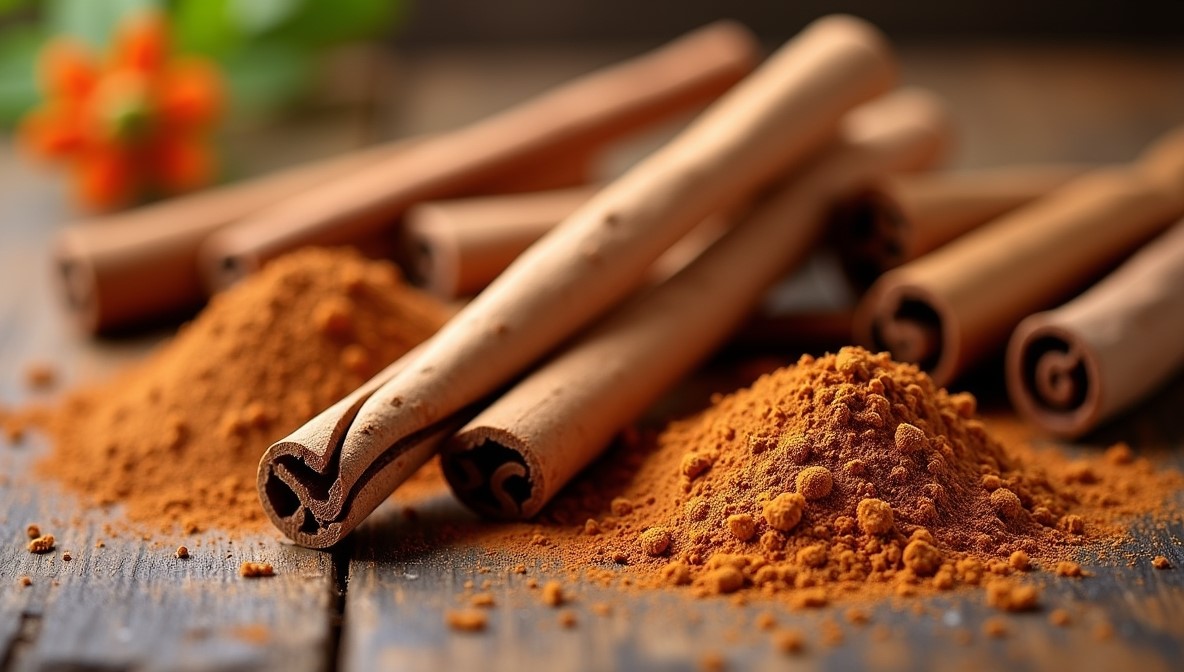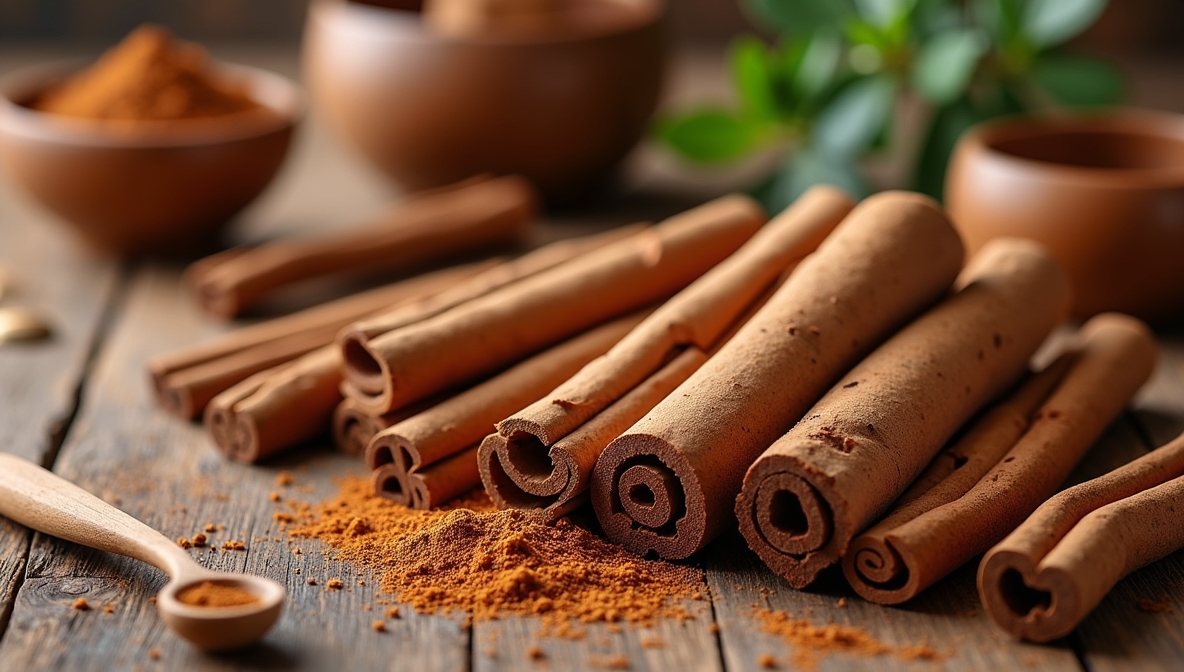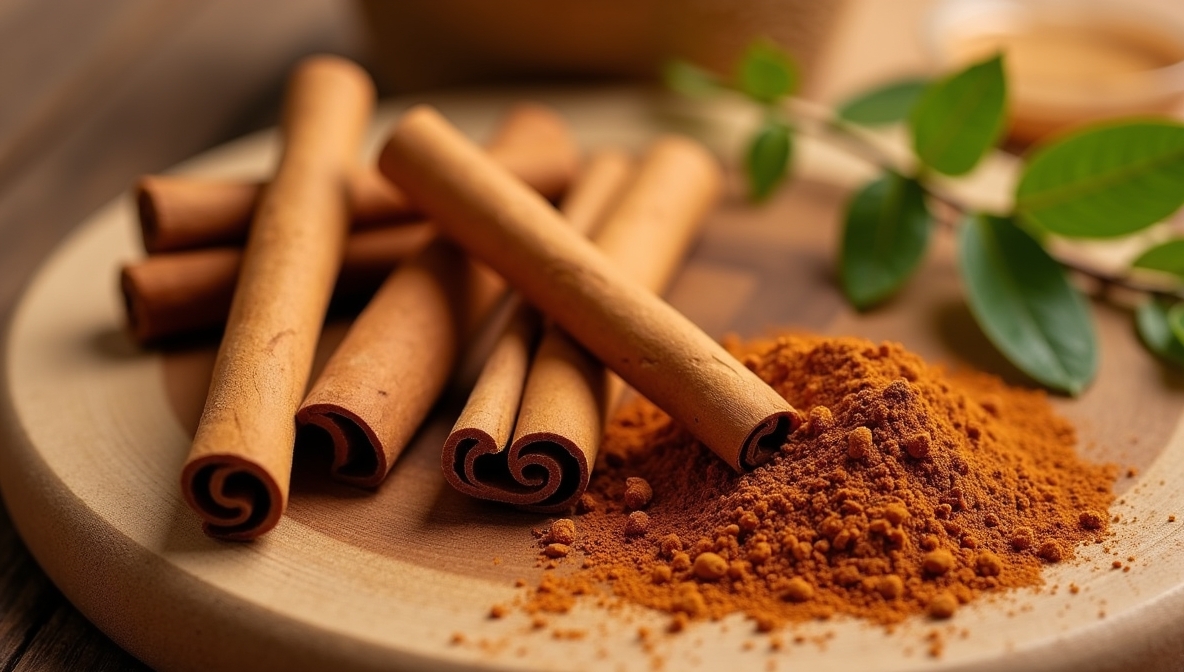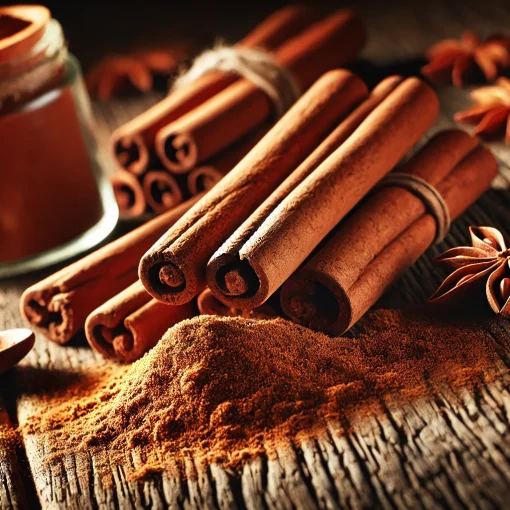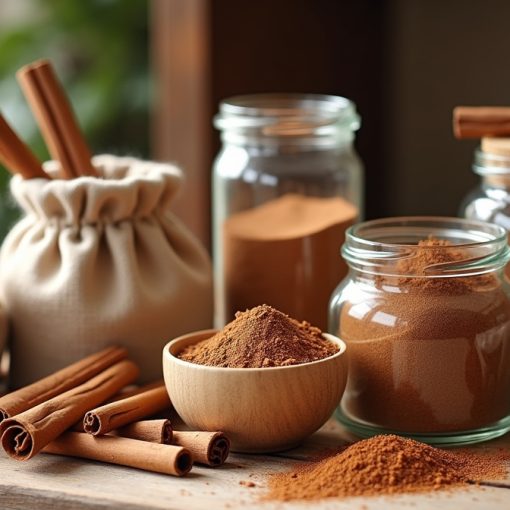Ceylon cinnamon, also known as “true cinnamon,” is prized for its delicate flavor, high quality, and health benefits. Unlike Cassia cinnamon, which has a stronger and more pungent taste, Ceylon cinnamon is milder, with subtle citrus and floral notes. But not all Ceylon cinnamon is the same. It is classified into various grades based on thickness, texture, aroma, and color. Understanding these differences helps in selecting the best quality for culinary, medicinal, or commercial use.
Ceylon Cinnamon Grading System
The grading of Ceylon cinnamon is primarily based on the Sri Lankan export standard. The most recognized grades fall into two main categories:
- Alba, Continental, Mexican, and Hamburg Grades – Based on diameter.
- Quillings and Chips – Fragments and broken pieces used for extraction and grinding.
Each grade serves a distinct purpose, affecting price, availability, and intended use.
1. Alba Grade: The Finest of All
Alba is the highest quality of Ceylon cinnamon, distinguished by its thin, delicate quills and superior aroma.
Characteristics:
- Diameter: Less than 6 mm
- Color: Light brown with a smooth texture
- Aroma: Sweet, mild, and refined
- Taste: Delicate and complex with subtle citrus undertones
- Use: Premium teas, gourmet dishes, high-end spice blends
Alba commands the highest price due to its rarity. It is meticulously rolled from the thinnest, youngest bark layers, ensuring minimal woody fibers. This results in a smooth texture that blends seamlessly into fine culinary applications.
2. Continental Grade: Thin and Aromatic
Continental grade cinnamon is slightly thicker than Alba but still considered high quality. It balances cost and flavor, making it a popular choice for discerning buyers.
Characteristics:
- Diameter: 6–7 mm
- Color: Golden-brown with a slightly rougher texture
- Aroma: Sweet and aromatic with a pronounced cinnamon scent
- Taste: Mild, less intense than Cassia, but flavorful
- Use: Baking, cooking, and tea infusions
Continental-grade cinnamon provides an excellent option for those seeking quality without the premium price of Alba.
3. Mexican Grade: Medium Thickness and Stronger Flavor
Mexican grade is widely used in Latin American cuisine, where cinnamon plays a significant role in beverages and desserts.
Characteristics:
- Diameter: 7–9 mm
- Color: Darker brown with a coarser texture
- Aroma: Warm and pronounced
- Taste: Mildly woody with a deeper spice note
- Use: Hot chocolate, mulled drinks, and stews
Due to its thicker structure, Mexican-grade cinnamon has a slightly bolder presence while retaining Ceylon’s characteristic softness.
4. Hamburg Grade: The Most Robust Quills
Hamburg grade cinnamon is the thickest among the quill grades, making it ideal for industrial use.
Characteristics:
- Diameter: 9–18 mm
- Color: Dark brown with a fibrous texture
- Aroma: Rich but less refined than Alba or Continental
- Taste: Mildly sweet with a heavier woody character
- Use: Extraction of essential oils, bulk spice production, industrial baking
While not as delicate as the higher grades, Hamburg-grade cinnamon remains a valuable ingredient for large-scale processing.
5. Quillings: Cinnamon in Smaller Pieces
Quillings are the smaller, broken pieces of cinnamon quills left after the primary grading process.
Characteristics:
- Size: Small fragments and broken pieces
- Aroma: Strong and consistent
- Taste: Well-balanced, similar to full quills
- Use: Grinding into powder, spice mixes, extraction for oils and fragrances
Quillings offer an economical way to access high-quality cinnamon without paying for whole quills.
6. Cinnamon Chips: The Coarsest Form
Cinnamon chips consist of bark fragments that do not qualify as quills or quillings. They are widely used in bulk applications.
Characteristics:
- Size: Irregular, coarse pieces
- Aroma: Strong but less refined
- Taste: More fibrous and woody
- Use: Boiling for extracts, making cinnamon tea, commercial spice production
Chips work well in applications where appearance is not a concern but flavor is required in bulk.
How to Choose the Right Grade
Selecting the right grade depends on the intended use:
- For luxury teas and gourmet dishes → Alba
- For home baking and general cooking → Continental
- For rich, spiced beverages and desserts → Mexican
- For bulk spice production and industrial use → Hamburg
- For grinding into powder or spice blends → Quillings
- For extraction and large-batch applications → Chips
Each grade serves a specific purpose, ensuring the best possible use in culinary and commercial applications.
Why Ceylon Cinnamon is Worth the Investment
While Cassia cinnamon is more common, Ceylon cinnamon stands out for its lower coumarin content, making it safer for regular consumption. It also has a refined taste that works well in delicate recipes. Choosing the right grade ensures the best experience, whether for daily use or gourmet creations.
By understanding these grades, buyers can make informed choices that align with their needs, ensuring quality, authenticity, and value in every purchase.
